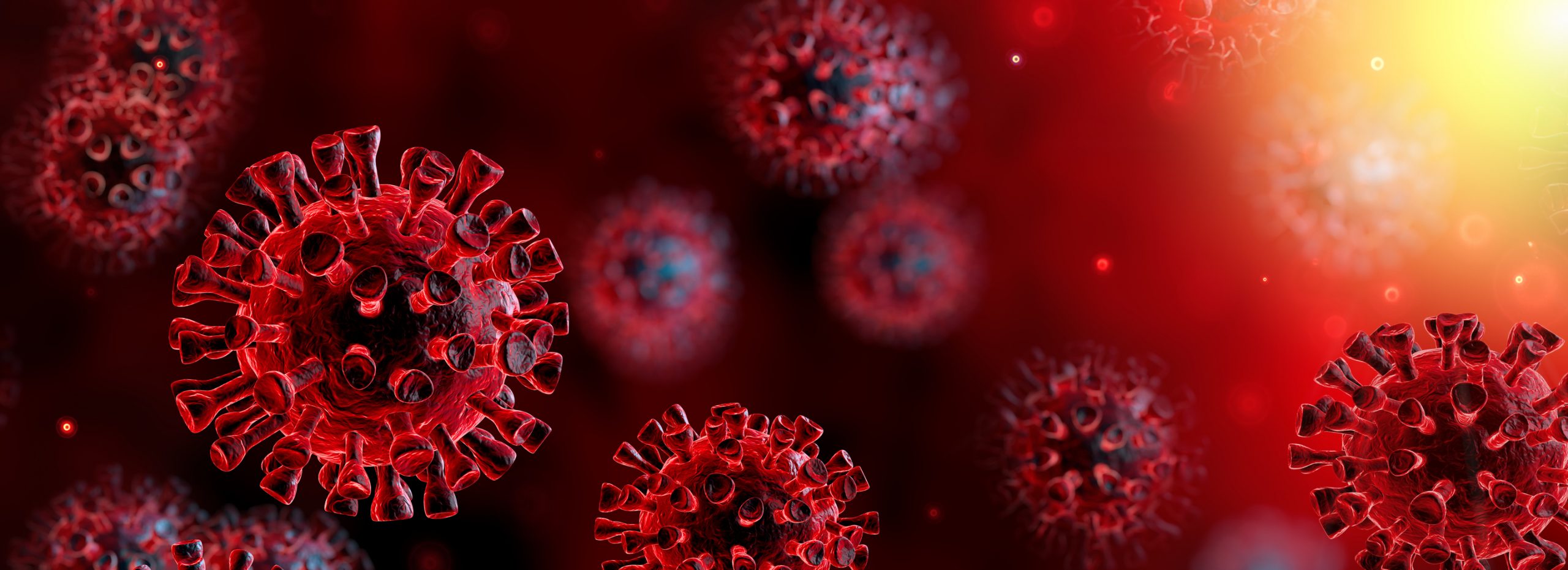Canada’s response to Covid-19 is being guided by data and mathematical modelling. The Public Health Agency of Canada (PHAC) has shared information with Canadians from their COVID-19 modelling work. The results from the data indicate that it is critical and essential to physically distance, detect and isolate cases of COVID-19, identify and quarantine close contacts, and prevent international infection from entering the country. At this phase of the epidemic, efforts are in controlling the epidemic and increasing capacity in health care systems.
Mathematical Models:
PHAC SEIR Model on COVID-19
This compartmental model was developed using Analytica software¹. The model is a dynamic Susceptible-Exposed-Infectious-Removed (SEIR) model that uses differential equations to estimate the change in populations in the various compartments. These compartments are connected between each other and individuals can move from one compartment to another, in a specific order that follows the natural infectious process. The model uses knowledge obtained from studies around the world on the biology of transmission of the virus causing COVID-19 to produce a mathematical representation of how COVID-19 may spread in the Canadian population under different scenarios.
PHAC Agent-Based Models on SARS-CoV2
Agent-based models (ABMs) can systematically simulate actions and interactions of independent “agents” that can represent people, places and/or objects within a predefined environment. These models aim to evaluate the success of public health interventions depending upon community structure and population dynamics.
PHAC Multi-Criteria Decision Analysis: A framework for evaluating transmission risk in different settings
This study describes a framework for evaluating the relative transmission risk of COVID-19 between settings. This framework can help inform and identify settings where increased mitigation measures (non-pharmaceutical interventions) are required to drive down community transmission.
PHAC Age-Stratified SEIR Compartmental Model on COVID-19
This model is an age-stratified, dynamic deterministic compartmental susceptible-exposed-infectious-recovered (SEIR) model. The results highlight the importance of detecting and isolating COVID-19 cases in addition to the tracing and quarantine of their contacts, for the control of the epidemic, in complement to physical distancing.
PHAC Gathering Risks Model: On-line Calculator
Based on a probabilistic model, this online calculator estimates some components of the epidemiological risks associated with gatherings of individuals. Both “one-time” (e.g., weddings, conferences) and recurrent (e.g., schools, workplaces) gatherings are considered. Users can assess the risk of introduction (the chance that at least one infectious individual participates at a gathering) and the risk of transmissions at the gathering. This tool aims to support public health decision-making by disentangling the epidemiological effects of gathering size, cohorts and community prevalence.

